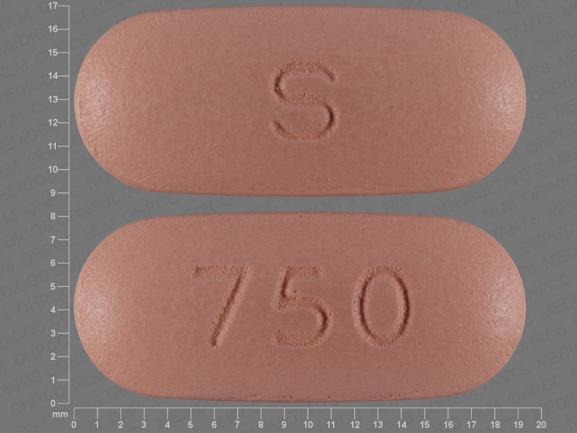Niacin Disease Interactions
There are 5 disease interactions with niacin.
Niacin/niacinamide (applies to niacin) liver disease/hepatotoxicity
Major Potential Hazard, High plausibility. Applicable conditions: Alcoholism, Gallbladder Disease
The use of nicotinic acid and its derivatives is contraindicated in patients with significant or unexplained liver disease. Hepatotoxicity, including biochemical abnormalities of liver function, cholestatic jaundice, increased prothrombin time, and fulminant hepatic necrosis and failure, has been reported during therapy with niacin and niacinamide (nicotinamide), particularly in patients who have substituted sustained-release nicotinic acid products for immediate-release preparations at equivalent dosages. Treatment using pharmacologic dosages (e.g., lipid-lowering dosages) of these agents should be administered cautiously in patients with gallbladder disease or a history of jaundice, liver disease and/or heavy alcohol use. Liver transaminase levels should be evaluated prior to initiation of therapy, every 6 to 12 weeks for the first year, and periodically thereafter (e.g., semiannually). Patients who develop elevated ALT or AST levels during therapy should be monitored until abnormalities resolve. If an increase above 3 times the upper limit of normal persists, therapy should be withdrawn. Liver biopsy should be considered in patients with elevations that persist beyond cessation of therapy.
Niacin/niacinamide (applies to niacin) peptic ulcer disease
Major Potential Hazard, High plausibility. Applicable conditions: History - Peptic Ulcer
The use of niacin and niacinamide (nicotinamide) is contraindicated in patients with active peptic ulcer disease. These agents have been reported to activate peptic ulcer. Treatment should be administered cautiously in patients with a history of peptic ulcer disease. Close observation is advised.
Niacin/niacinamide (applies to niacin) hyperglycemia
Moderate Potential Hazard, Moderate plausibility. Applicable conditions: Diabetes Mellitus
Elevated fasting blood sugars and decreased glucose tolerance have been reported during niacin and niacinamide (nicotinamide) therapy. Patients with diabetes mellitus should be monitored closely during therapy with these agents, and adjustments made accordingly in their antidiabetic regimen.
Niacin/niacinamide (applies to niacin) hyperuricemia
Moderate Potential Hazard, Moderate plausibility. Applicable conditions: Gout
Niacin and niacinamide (nicotinamide) can compete with uric acid for excretion by the kidney. Hyperuricemia and precipitation of gout have been reported during long-term therapy. Treatment using pharmacologic dosages (e.g., lipid-lowering dosages) of these agents should be administered cautiously in patients with or predisposed to gout.
Niacin/niacinamide (applies to niacin) unstable angina
Moderate Potential Hazard, Moderate plausibility. Applicable conditions: Angina Pectoris
Caution is advised when niacin is used in patients with unstable angina or in the acute phase of myocardial infarction, especially when the patients are also receiving vasoactive drugs such as nitrates, calcium channel blockers, or adrenergic blocking agents.
Switch to professional interaction data
Niacin drug interactions
There are 107 drug interactions with niacin.
Niacin alcohol/food interactions
There are 2 alcohol/food interactions with niacin.
More about niacin
- niacin consumer information
- Check interactions
- Compare alternatives
- Reviews (118)
- Drug images
- Side effects
- Dosage information
- During pregnancy
- Support group
- Drug class: miscellaneous antihyperlipidemic agents
Related treatment guides
Drug Interaction Classification
| Highly clinically significant. Avoid combinations; the risk of the interaction outweighs the benefit. | |
| Moderately clinically significant. Usually avoid combinations; use it only under special circumstances. | |
| Minimally clinically significant. Minimize risk; assess risk and consider an alternative drug, take steps to circumvent the interaction risk and/or institute a monitoring plan. | |
| No interaction information available. |
See also:
Further information
Always consult your healthcare provider to ensure the information displayed on this page applies to your personal circumstances.


